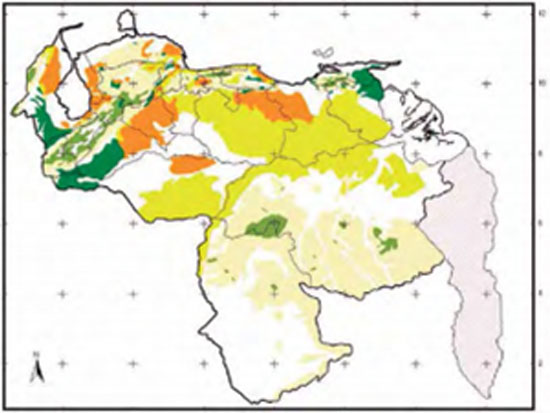Importance of the alliance of the geographic information system and soil in the planning of sustainable agriculture
Abstract
Current projections suggest that by 2025 there will be 3,000,000,000 more people to feed and clothe, which means that the demand for agricultural goods, especially food and fiber, will continue to increase every day. For this reason, globally all countries are making a great effort to make agricultural sectors sustainable; However, despite all these efforts, the possibility of sustainable development is increasingly further away if the processes of environmental deterioration are not contained and reversed; mainly, deforestation, forest fires, soil degradation, overexploitation, water pollution and loss of biodiversity (Moreno, 2011).
References
Giaccio G. 2007. La agroecología y su aporte a la conservación de los recursos naturales. Instituto Nacional de Tecnología Agropecuaria. Sitio Argentino de Producción Animal Argentina. 22p.
Moreno Viviana. 2011. Agricultura Sustentable. Disponible en cianahttp://agriculturasustentableysostenible.blogspot.com/2011/04/agricultura-sustentable.html Consultado 08 de Marzo 2015
Rey, J., M. F. Rodríguez, A. L. Cortez. 2012. Propuesta de Proyecto: “evaluación de tierras de usos actuales y potenciales en la depresión de Quibor”. INIA-CENIAP. 14p.
Rodríguez, M. y J. C. Rey. 2003. Delimitación de zonas frágiles de Venezuela. Instituto Nacional de Investigaciones Agrícolas. Centro Nacional de Investigaciones Agropecuarias (CENIAP). Mimeografía. 10 p.
Rodríguez de Paiva, M. F, A. L. Cortez Marín, J.C. Rey y R. M. Parra Pérez. 2011. Aplicaciones climáticas en el sistema de información de las áreas agroecológicas (SIAA). INIA-Divulga. 20 septiembre. Pp 12–15.- diciembre.


